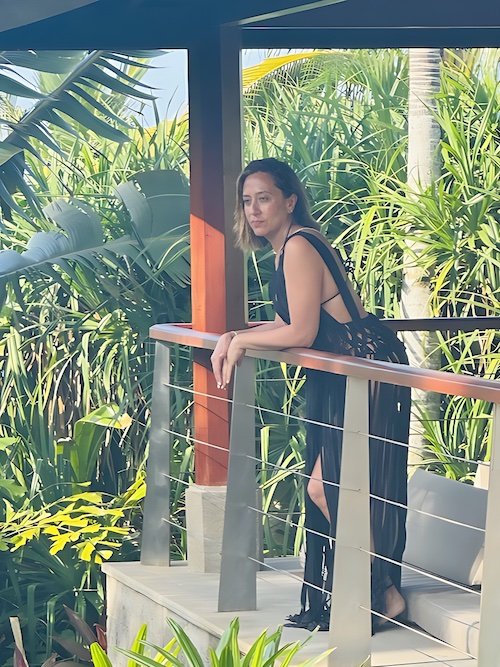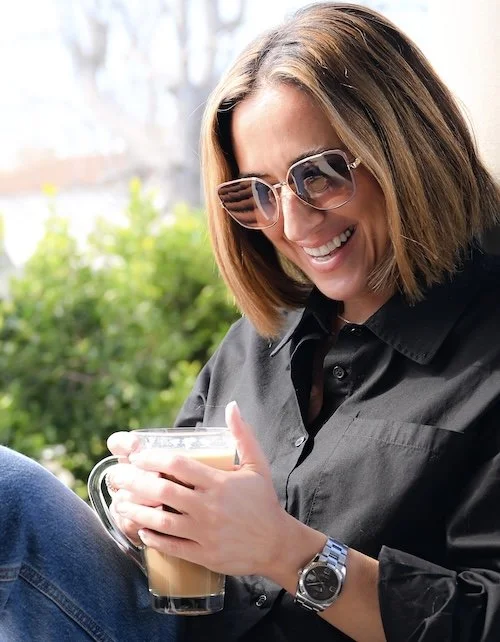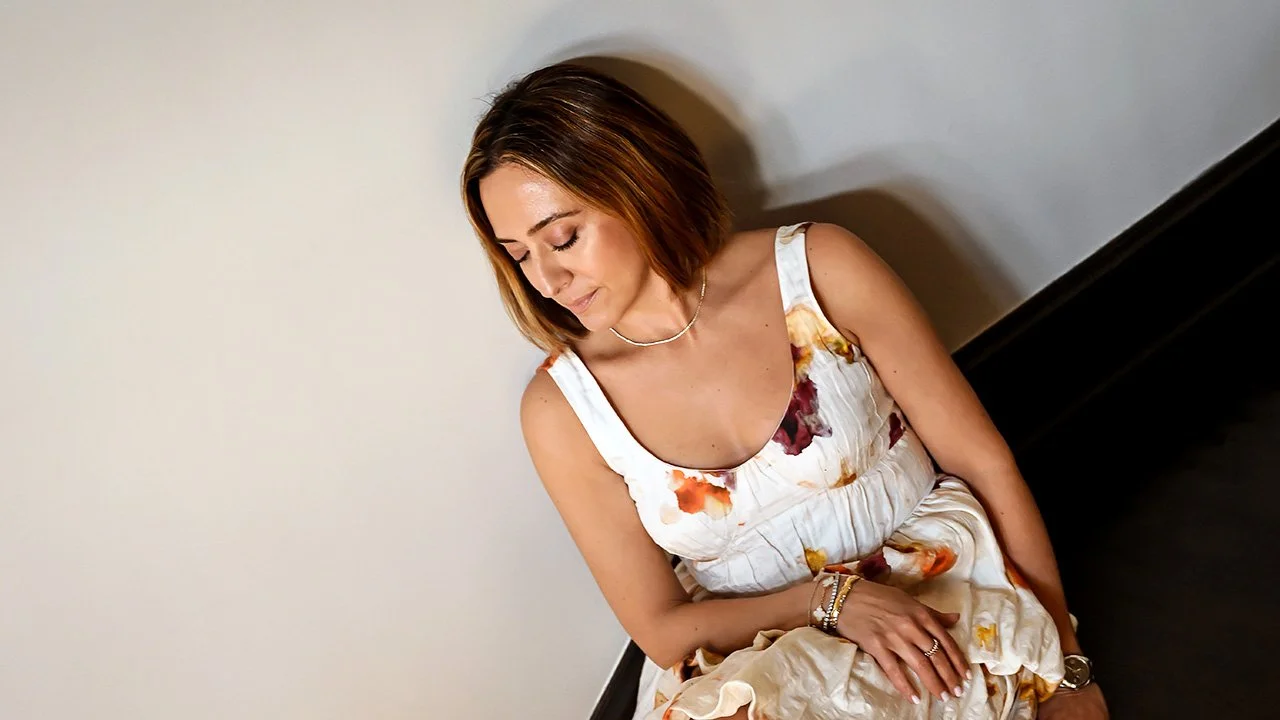Healing after Trauma: What No One Tells You About the Process
Trauma. It’s the one thing we hope to avoid in life. And yet, at some point, we all experience some form of trauma—a major life change that rattles us to our core and wakes us up to a new reality.
I came face-to-face with my new reality seven years ago after experiencing the trauma of my husband’s death. The death occurred within minutes—but settling into that new reality, and the eventual healing, happened over many days, months, and years.
Initially, I had no real intention to heal. I figured if I kept myself busy, things would somehow feel “normal” again.
So I immersed myself in work. I kept up with household responsibilities, I showed up to social events acting like I was “fine”, and tried to be a present mom for my kids.
On the outside, it looked like I was functioning—like I was healing. But the truth was, I was merely surviving.
I let my life go on like this for about six months. I thought life couldn’t get any more difficult since death was the worst part and now I was “healing”.
But that’s exactly when everything exploded!
I was exhausted, ungrounded, and overwhelmed. I was drowning in my own life. I could feel the heavy weight of everyday life piling up on me, and I was suffocating.
I was not okay. My kids were not okay. And, clearly, there was no real healing happening.
I was surrounded by the most supportive and loving family and friends. But there was nothing anyone else could do to put me on the path of healing.
This choice had to be mine—I had to be all in. I had to make the decision and take the first step.
So I went after healing with a vengeance, as if my life depended on it.
Because it did.
When you find yourself in the hell of the aftermath of trauma, you either burn, or you come out on fire.
You either become a shell of your former self, living numb and on autopilot, or you dive into healing and emerge stronger, vibrant, and thriving.
Healing from trauma isn’t about bypassing the pain or pretending to be okay.
It’s about acknowledging where you are, choosing yourself over and over again, and saying “I want to live, not just survive!”
So, what does healing really look like?
1. Choice
First, make the choice.
Healing doesn’t happen by accident. There must be a conscious and deliberate decision to heal—and a commitment to lean into the present discomfort.
A commitment to move out of simply surviving and “making it through” each day.
A commitment to make healing the driving force and intention behind your everyday actions.
2. Discipline
Next comes discipline.
“Everyone wants to heal until the medicine shows up in the form of discipline.”—Hippocrates.
Healing from trauma is a benefit, but like any benefit, it comes with a cost.
The cost of healing is discipline. It takes discipline to stay committed to your healing journey:
Saying “No” to people, events, opportunities that no longer serve you.
Upholding your personal operating system and boundaries to have time and space for what truly matters.
Being ok with living a life that may not look “right” or doesn’t make sense to others.
Allowing things to fall away that no longer fit.
Spending time alone. Processing the emotions and experiences that surface in the aftermath of trauma require time, space, and attention in order to move through them.
3. Awe
After commitment and discipline comes awe.
Yes, awe.
Somewhere along the way, healing transforms into something beautiful. There’s a sense of awe that accompanies the perspective shift of healing.
You experience a sense of purpose, passion, and vitality that doesn’t allow you to settle for average and mediocre.
Your definition of a life well-lived evolves.
You begin to recognize that every moment, even the challenging ones, carry meaning.
And that’s not just healing, it’s transformation!
4. Being
Finally, give yourself the permission to “BE”.
This may seem counterintuitive after focusing for so long and so much on doing the “work” of healing, but this is crucial.
Let yourself be YOU, without forcing or fixing anything to fit a certain mold.
Healing is not fixing yourself because you’re broken, but rather returning to living in the wholeness of your being, as you are now, not as you used to be.
Wholeness may get buried in the rubble of trauma, but it can never be lost.
Time alone does not heal all wounds, but choice does. True healing comes from consciously choosing a different path and walking it every day. You don’t need to have it all figured out—you only have to say “yes” to yourself today.











